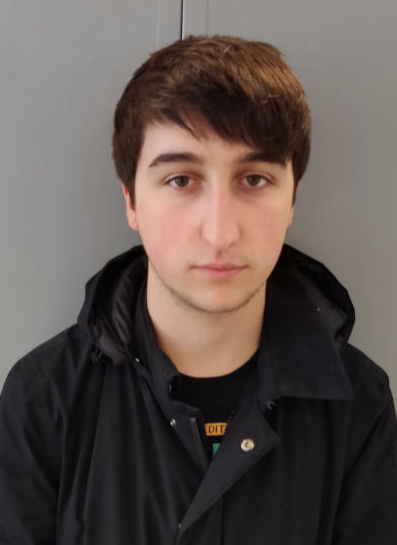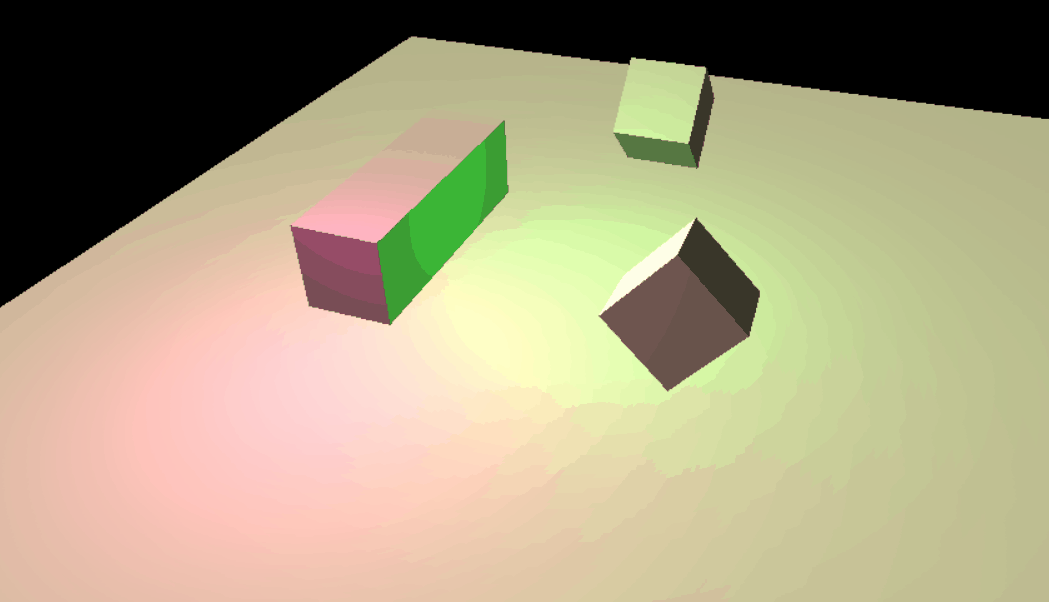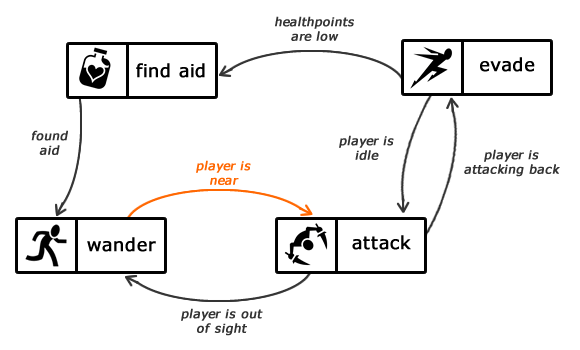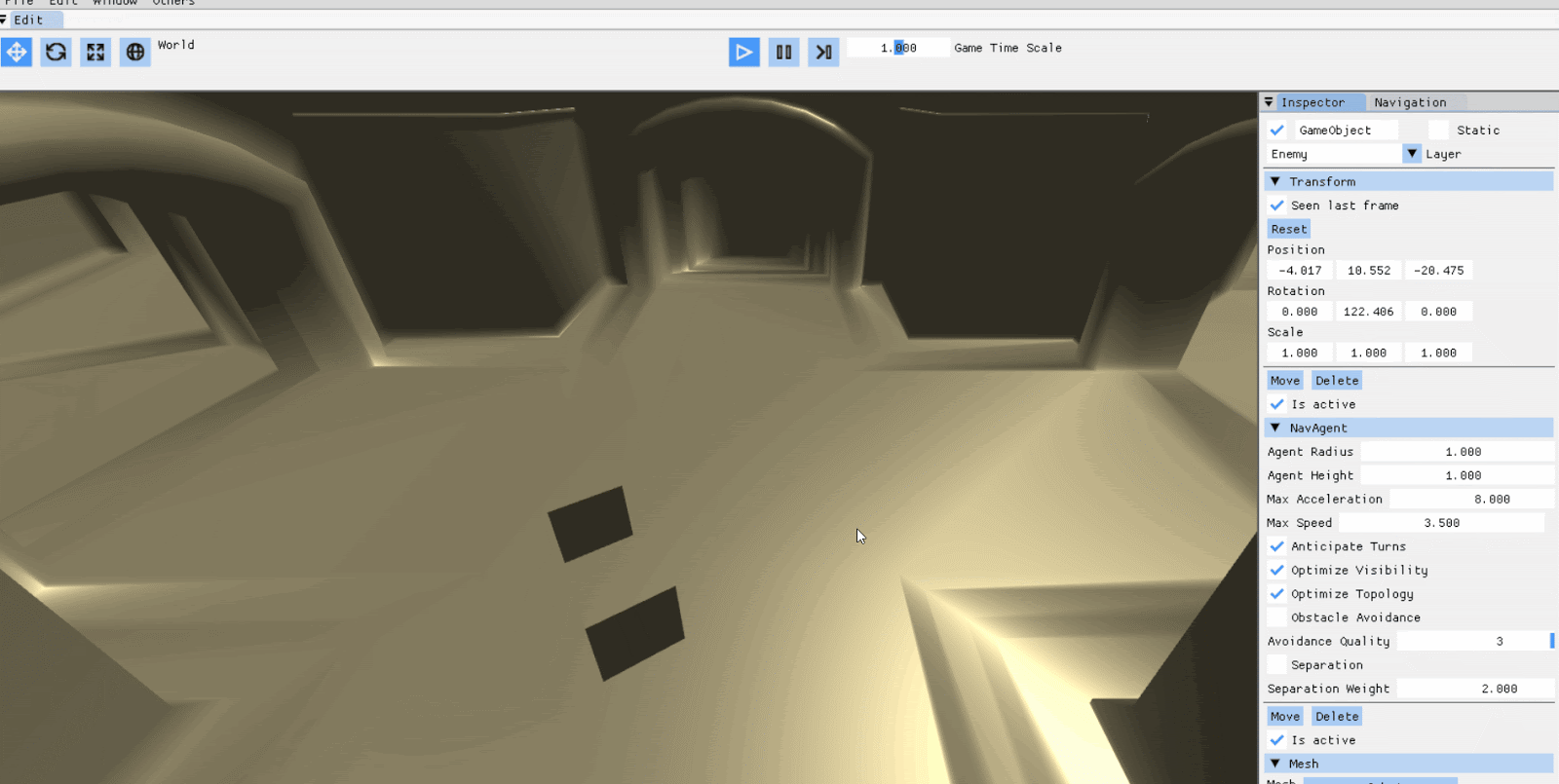Navigation/Shaders/Gameplay

Navigation/Shaders/Gameplay

First Approach. To respect the original manga, from the art department was decided to implement a cartoon stylish art style. Sandra Alvarez (who was in charge of cartoon shader) and I implemented a cartoon light effect.


Final implementation. After some milestones and deliberation, the last decision was to implement realistic quadratic lighting and this is what I did. It was an interesting investigation and finished super happy with the result. The cartoon lights were maintained for the characters. As you can see in the image, I also implemented customizable patterns.

During the first steps of the project, and to achieve some milestones, David Valdivia implemented an early in-engine prototype of Alita with good results. Despite this, the game was expected to evolve fast and, as soon as we got a stable and functional engine, I took the role of gameplay programming, redoing Alita and all related scripts together with Sandra Alvarez, who was in charge of enemies AI and Jonathan Molina-Prados, the one I always was looking for when I needed a new c# functionality.



